



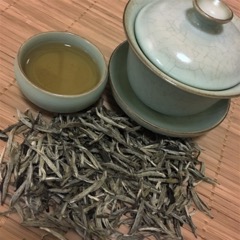
White Tea
With a long history in China as one of the most prized teas, white tea is typically considered a lightly oxidized tea. Tender tea shoots are harvested in the spring season then processed. Neither pan-fired nor rolled, white tea is traditionally withered then sun-dried allowing for minimal oxidization during the drying process which changes the flavor profile. Some of the best-known examples of white tea are Silver Needles and White Peony.
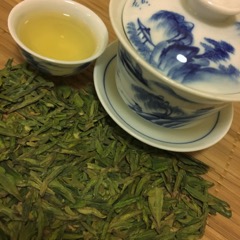
Green Tea
Green teas have been highly prized by the Chinese, from peasants to emperors, for their health benefits, elegant aromas and tastes, and the sheer beauty of the tealeaves. Harvested in the early spring when the tea shoots are young and tender, a low heating is applied to the leaves to stop oxidization, allowing the tealeaves to retain their vibrant green colors and fresh aromatics. Dragon Well and Bi Luo Chun are two of the most famous examples from the hundreds of quality green teas from China’s coastal region.
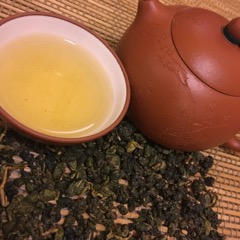
Jade Green Oolong Tea
Oolong tea possesses one of the largest flavor ranges, all depending on oxidization and processing. Jade Green oolongs from China and Taiwan are known for their light sweet floral vegetal flavors and aromatics. The lowest oxidized of the oolong teas; green oolongs are also called High Mountain Green Oolongs because some teas from Taiwan can be from 2500 meters. Jade Tieguanyin from China, Lishan, Alishan, and Dongding Oolong from Taiwan are good examples of sweet floral oolongs with vegetal and full-bodied flavor profiles.
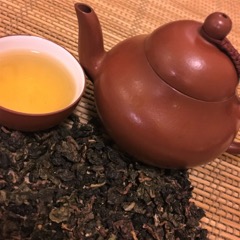
High Fired Oolong Tea
Incorrectly labeled as semi-fermented, Oolong teas are semi-oxidized. Depending on what flavor profile the tea master desires, the oxidization rate, drying period, firing temperature and time will vary to produced just the right flavors and aromatics. Higher oxidized than the Green Oolongs, High fired oolongs also go through a higher temperature firing, either with coal or embers, depending on desired flavor profiles. The combination of higher oxidization and firing produces a more robust, nutty and smoky tea with hints of dried fruit and spice. Tieguanyin is the most famous example of a rolled high fired oolong
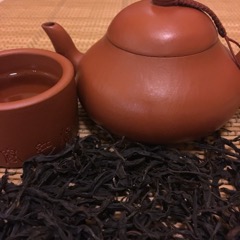
Phoenix Oolong Tea
Oolong teas are the classic teas for traditional Chaozhou gongfu tea and will always be closely connected with the tea ceremony. Phoenix Oolongs come from the Phoenix Mountains around the Chaozhou region in eastern Guangdong Province. The traditional tea for Chaozhou tea ceremony, the lightly oxidized curly leaves of this tea have an intense floral fruity aromatic, with hints of jasmine, gardenia, and tropical fruit. Depending on the firing, flavors can range from being like lizhi fruit, honey, and other bright vegetal notes.

Wu Yi Cliff Oolong Tea
From the homeland of oolongs in Fujian province, Wuyi Cliff teas or Wuyi Yancha, are the classic high-fired curly leaf oolongs. With a long history dating as far back and the Zhou dynasty, Wuyi Cliff teas are one of China’s Top Ten Famous Teas, with a rich robust flavor and its characteristic mineral notes. Grown in the Wuyi mountain range, the tea plants are grown between 200m and 2000m, producing a wide range of distinct flavors and aromatics. The four most famous Wuyi Cliff teas are the Big Red Robe 大红袍, White Rooster’s Crown 白鸡冠, Iron Arhat 铁罗汉, and Golden Tortoise 水金龟.
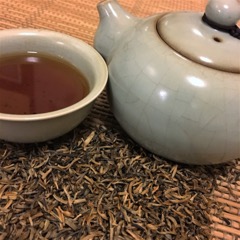
Black Tea
In China this category is known as “red tea” because of the deep red color of the tea broth. In the west this category is referred to as “black tea” because of the black colored tea leaves. Tealeaves are harvested, withered, and then rolled to oxidize the leaves. Firing, roasting or smoking completes the process and adds to the complexity of the tealeaves. Black tea is highly oxidized to bring out a more robust full-bodied tea, with flavors that range from smoky to fruity to malty. Classic examples of Chinese black teas would include Keemun Maofeng and the Yunnan Blacks.
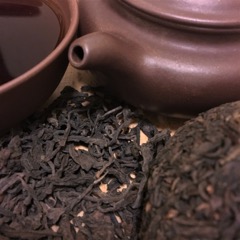
Puerh Tea
A unique tea from China’s southwestern region, Puerh tea has been enjoyed there for centuries. Produced from the large leaf cultivar of Yunnan province, puerh is the only tea category to be truly fermented, a process that helps with the aging of this tea. Puerh is a tea that gets better with age, like a fine wine, becoming more smooth and robust, well balanced and complex. Found in both loose and compressed forms, Puerh should be enjoyed for its rustic and complex nature.
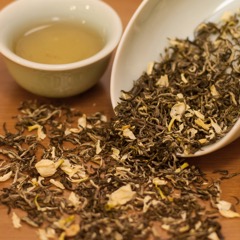
Scented Tea
The art of scenting teas has been practiced in China for centuries, challenging the skill of the tea maker to balance aromatics and flavors. Flowers, fruits, and herbs are mixed with teas to add to the complexity or enhance the inherent characteristics of the tealeaves. The art of the tea maker is being able to let the taste of the base tea come through, increase the complexity but never mask the flavors and aromas of the base tea. Jasmine teas are some of the best examples of scented teas from China.
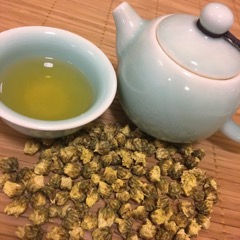
Herbal Tea
Chinese Herbal Medicine has a long history in China and so do herbal teas. Besides being a pleasant good tasting beverage, the Chinese drank herbal infusions as an everyday health supplement, like Chrysanthemum that is used for its cooling cleansing effect. Various other herbs are infused as teas either by themselves or combined with other herbs or teas.